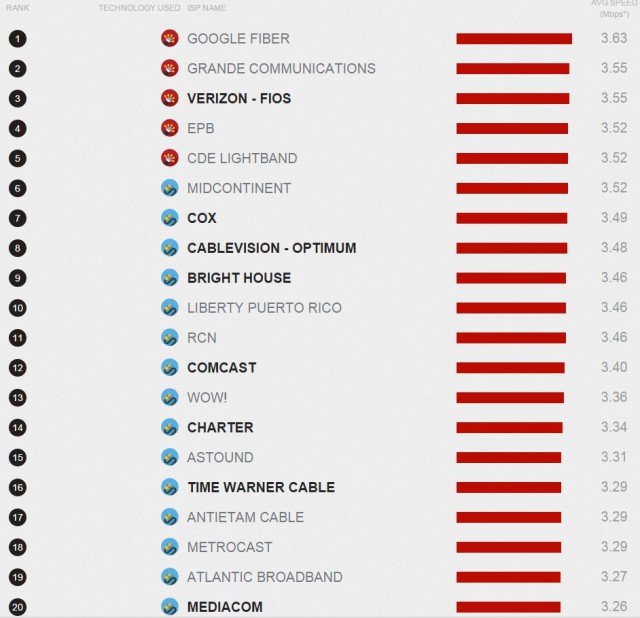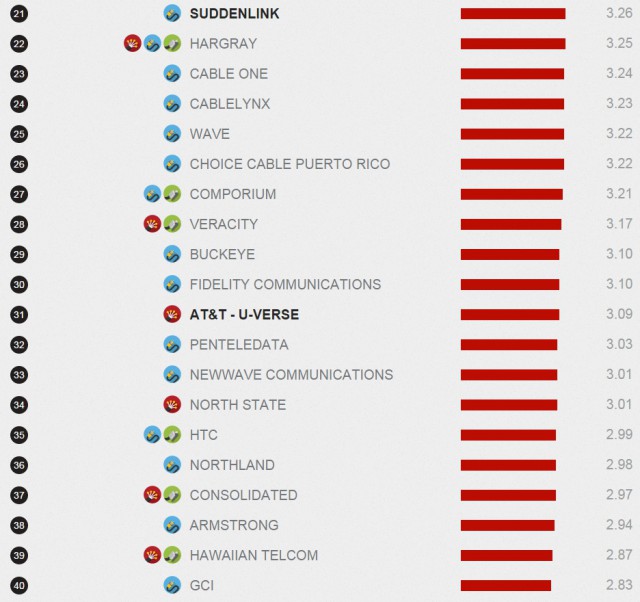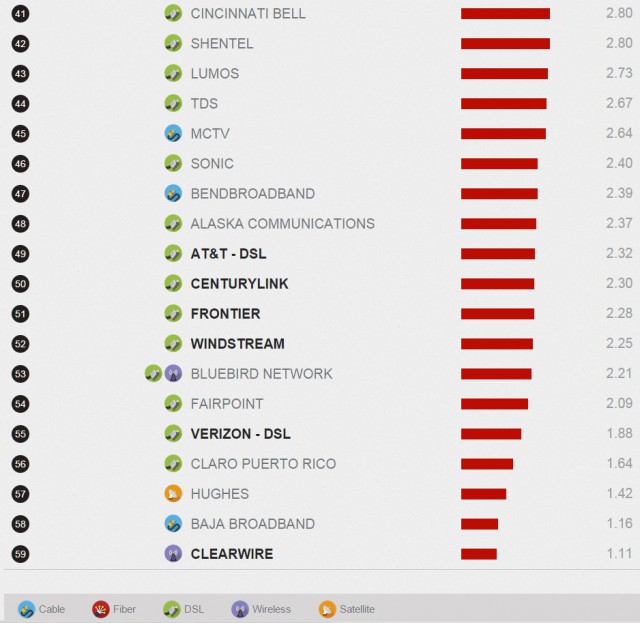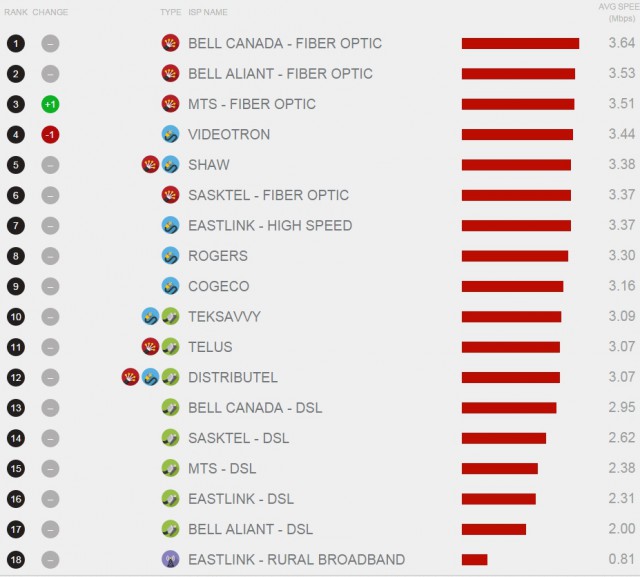 Hong Kong Telecom Group (HKT) chief technical officer Paul Berriman believes copper phone wiring is a thing of the past and is nonplussed by efforts to wring a few more years of life out of infrastructure that cannot reliably support high-speed Internet and is costly to maintain. The only solution that makes sense is to get rid of the copper and replace it with fiber optic wiring.
Hong Kong Telecom Group (HKT) chief technical officer Paul Berriman believes copper phone wiring is a thing of the past and is nonplussed by efforts to wring a few more years of life out of infrastructure that cannot reliably support high-speed Internet and is costly to maintain. The only solution that makes sense is to get rid of the copper and replace it with fiber optic wiring.
While America talks about 1Gbps limited rollouts, he is thinking about speeds ten times faster with his announcement Hong Kong Telecom is preparing to launch 10 gigabit service across the territory and was continuing its efforts to tear out obsolete copper wiring.
The man partly responsible for ensuring Hong Kong’s broadband future is a fast and reliable one says HKT has 1.6 million broadband customers — 530,000 on fiber to the home service and 200,000 on less-desirable VDSL2 with vectoring, which still relies in part on copper wiring. He is not happy with copper wiring’s performance and support costs and wants it out of his network. His minimum target speed is 100Mbps and if he finds a building that for any reason does not deliver more than 30Mbps at all times, he instructs engineers to immediately tear out the copper and replace it with fiber.

Berriman
Overall, Hong Kong has an average Internet speed of 87 megabits per second, according to figures by Akamai. “Our (HKT) average is about 116Mbps,” he said. It is about to get much faster. The two major wired fiber competitors are HKT and HKBN and both compete fiercely for broadband customers.
HKT has three tiers of unlimited use fiber broadband (regular prices shown in U.S. dollars, prices lower for certain bundles and promotions):
- 300/300Mbps for $64.21/mo;
- 500/500Mbps for $77.10/mo;
- 1000/1000Mbps for $90/mo.
When the 10Gbps upgrade is complete, HKT is likely to further boost speeds and/or cut prices.
Berriman acknowledges that the densely packed multi-dwelling apartments and condos common across Hong Kong makes large fiber projects less expensive than elsewhere in the world, but believes costs can be managed by deploying incremental upgrades. For example, HKT today has fiber extending into 85 percent of Hong Kong’s buildings and can connect fiber to 79 percent of homes in Hong Kong within three days of receiving an order.
Depending on a customer’s requirements, HKT can save money by serving DSL over short lengths of existing in-building copper wiring for customers not subscribed to ultra-fast broadband speed tiers. The length of wiring is short enough to guarantee speed is not affected for these customers. When customers do need the fastest speeds, fiber is strung directly to their apartment. Despite this, HKT is progressively migrating away from “fiber to the basement” to an all-fiber network to simplify its facilities and increase reliability, especially as the demand for faster speeds continues to grow.
“Once we get to 50 or 60 percent usage of the fiber in the building we start to look at converting the rest to get rid of the [older DSL] electronics,” Berriman said.
HKT also operates a mobile network it acquired from “Sunday” in 2006 and has also bought out Telstra’s share of the formerly joint owned CSL. The wireless company has a 31 percent market share and 4.6 million customers on two different networks — one supplied by ZTE and the other from Huawei. To supplement its wireless mobile network and offload traffic, HKT also operates 14,000 Wi-Fi hotspots across Hong Kong and is a leader in the use of EAP-SIM, which makes it easy for connections to be handed off between its mobile and Wi-Fi networks without interruption.


 Subscribe
Subscribe
 Italy’s power utility Enel
Italy’s power utility Enel  Such a deal could potentially lock out Telecom Italia, which is already upset with the government over ownership issues, technology and its inability to buy into the Metroweb project.
Such a deal could potentially lock out Telecom Italia, which is already upset with the government over ownership issues, technology and its inability to buy into the Metroweb project.




 The Cable Show (now known as INTX) is often used by the cable industry to announce and preview new products and services, and at this year’s convention in Chicago, Comcast CEO Brian Roberts used the occasion to introduce the company’s new DOCSIS 3.1 multi-purpose Home Gateway capable of delivering gigabit speeds over its existing hybrid fiber-coax network.
The Cable Show (now known as INTX) is often used by the cable industry to announce and preview new products and services, and at this year’s convention in Chicago, Comcast CEO Brian Roberts used the occasion to introduce the company’s new DOCSIS 3.1 multi-purpose Home Gateway capable of delivering gigabit speeds over its existing hybrid fiber-coax network.